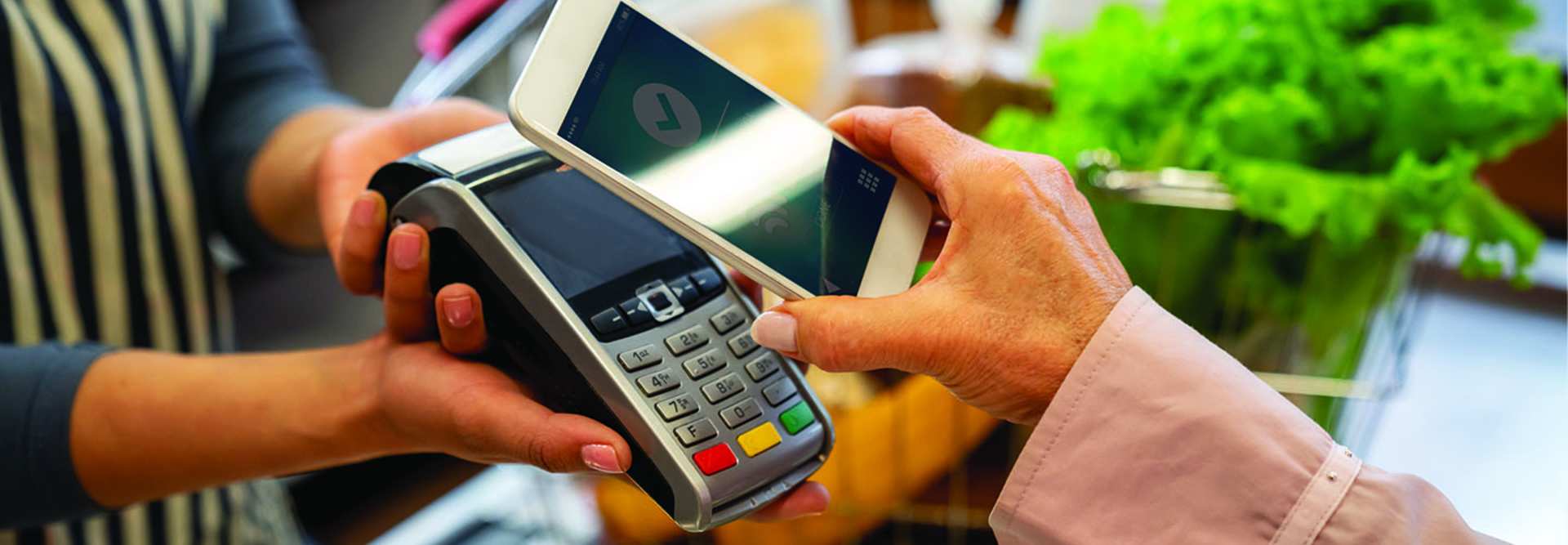What Are RFID, NFC and RAIN RFID, and What Are Their Frequencies?
RFID uses electromagnetic fields to track tags that can be attached to objects, such as service parts or smartphones. If that seems like familiar technology, that’s because it is. RFID Journal reports that the origins of RFID reach all the way back to World War II, when the U.S., Germany, Britain and Japan all used a recently developed detection system called radar to track approaching planes. But while radar gave them miles of warning before aircraft would arrive at the base, they couldn't use it to distinguish enemy planes from their own.
Germany began ordering their planes to roll as they approached the base, changing the radio frequency and allowing them to be identified as friendly aircraft. This was essentially the first form of passive RFID, which is a tag that doesn’t need to be connected to power to operate. It was the British who came up with the first active-tag RFID system (which they called “identify friend or foe,” or IFF) by equipping their planes with battery-powered transmitters that would send a signal identifying them as British.
Eighty years later, RFID still operates in a similar way. One of the key differences is being able to manipulate frequencies to achieve different goals.
Two of the most popular forms of RFID are NFC and RAIN RFID. At 13.56 megahertz, NFC is a high-frequency RFID, while RAIN (whose acronym — a nod to its reach into the cloud — derives from “RAdio frequency IdentificatioN”) is an ultrahigh-frequency RFID operating between 860 and 960MHz.
MORE FROM BIZTECH: Learn how RFID tags are enhancing the museum experience.
What Is RAIN RFID and How Is It Used?
Those looking to use RFID across longer distances can turn to RAIN, whose UHF band allows for connections farther away — up to about 15 meters, according to Steve Halliday, president of the industry group RAIN Alliance. The software that controls a RAIN system can vary, depending on the need, from small stand-alone programs that simply detect and store information from RFID tags, to more complex systems that gather and analyze information from large, cloud-based databases. This gives users the ability to connect the data from tagged items to the internet.
“RAIN technology is designed to be used at much larger distances to give us the ability to look at many different things at the same time,” Halliday says, adding that RAIN readers can detect 1,000 tags per second. That makes the technology very popular among retailers.
“The biggest use we have probably is in the retail apparel market — so many items of clothing are being tagged with RAIN,” says Halliday. “It allows the store to do instant inventory, either through a handheld to scan clothes as managers walk by, or with a fixed reader in the ceiling.”
It’s also popular among manufacturers, as it gives them the ability to track inventory from the start of production in large warehouses. Tagged machinery can send out a signal when there’s a malfunction or an upgrade needs to be made, telling workers exactly where the problem is so that it can be fixed efficiently.












